Make sure you've got the right underlay
Homeowners should always consider what goes on below foot when it comes to insulating the home. By choosing the right flooring components, heat loss can be minimised, creating a warmer home and, in turn, reducing energy bills.
Underlay – which can be used below carpets, laminate and wood flooring – is made up of millions of tiny fibres which are natural insulators, trapping the cold air that travels up through the floor to ensure it doesn't make its way into the home. As a result, the home becomes naturally warmer – meaning less reliance on energy-intensive heat sources.
Whenever a homeowner lays a new floor covering, they should also replace their underlay to get the best performance possible from their flooring. Underlay extends the lifespan of a carpet or laminate floor by up to 50 per cent; reduces noise levels and improves air quality, making a more comfortable and healthy home overall.
-
Try an innovative alternative to classic options
Flooring that use materials like concrete or wood might be on-trend, but by their very nature, these can often feel cold underfoot and are difficult to insulate. However, there are some new, innovative products out there that not only meet current styles for both new and period properties but offer multiple benefits from a thermal comfort point of view.
Take vinyl, for example. Although it's a cheaper alternative to some of the other flooring options available, modern ranges offer a superior style and aesthetic to what homeowners might at first think. The Sonoma Stone option has a realistic bevel, which gives it a genuine stone feel, while the pale tones of grey and textured elements achieve a realistic concrete flooring look. But unlike actual concrete, this flooring is compatible with underfloor heating and at 2.6mm thick, offers additional comfort and warmth.
Tiles are also popular as a flooring option in period properties, but again these can feel cold to the touch. Patterned vinyl such as the Denver Kilmington Tiles or the Weycroft Tiles give a nod to the style of Victorian flooring, but at 4.3mm thick and teamed with thermal backing, can really add some extra warmth to a home.
EvoCore is one of the newest innovative flooring products on the market and with a broad range of styles. The range includes options that won't look out of place in a period property, but are also capable of withstanding busy, modern living. Suitable for underfloor heating, waterproof and easy to maintain, the EvoCore range including Pebble Beach, which imitates natural stone and Soft Umber Oak which gives a realistic wood finish and is a great option for anyone looking to bring a period property up-to-date with a more industrial look.
Carpet is one of the warmest flooring options you can choose. Wool carpets are natural, fire resistant, warm and a popular choice in many homes, bringing a natural textured feel. Alternatively, saxony pile has tufted ends providing extra comfort underfoot and twist carpets are similar to saxony without the tufted ends, bringing comfort and durability to your home. The Sisal Tigra Toasted Blush, for example, would work well in different period properties thanks to its neutral tone. Made from 100 per cent natural fibres and offering a thickness of 7mm, the carpet is particularly strong and durable for high traffic areas like hallways and stairs.”
Update your heating
If it's time to update your heating system and you're looking for a cost-effective option, underfloor heating might be a suitable option. Whether you choose electric or water-based systems, you can benefit from consistent heat throughout the room where it is installed. Compared to traditional radiators – which need to be heated to a higher temperature, typically between 65°C and 75°C – underfloor heating only needs to run at around 29°C or lower. Because these systems consume less energy, this helps to reduce your energy bills.
If you're moving over to underfloor heating, you'll need to consider which flooring you team with it. Real wood solid flooring isn't advised as the planks can become damaged with the fluctuations in temperature. However, engineered hardwood flooring or an innovative alternative like EvoCore can look as good as real wood but are compatible with underfloor heating. Other options like vinyl and carpet are also suitable.
"You'll need to make sure you choose a specialist underlay to go with your flooring. Options like the Breathe Natural 10mm Underlay, for example, are a good choice for homeowners with underfloor heating.”
* Josh Barber is a buyer at Flooring Superstore
Want to comment on this story? Our focus is on providing a platform for you to share your insights and views and we welcome contributions.
If any post is considered to victimise, harass, degrade or intimidate an individual or group of individuals, then the post may be deleted and the individual immediately banned from posting in future.
Please help us by reporting comments you consider to be unduly offensive so we can review and take action if necessary. Thank you.




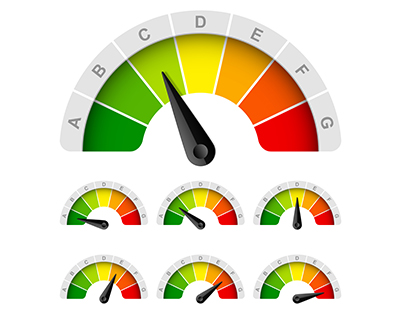
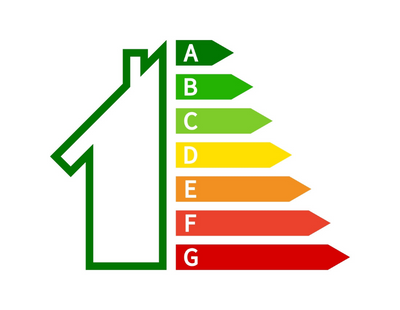







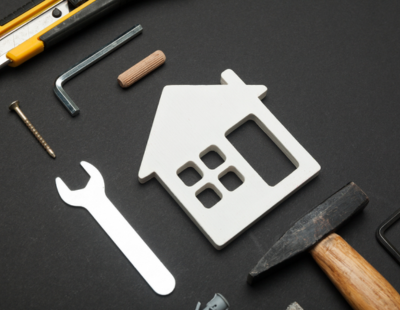

.jpg)
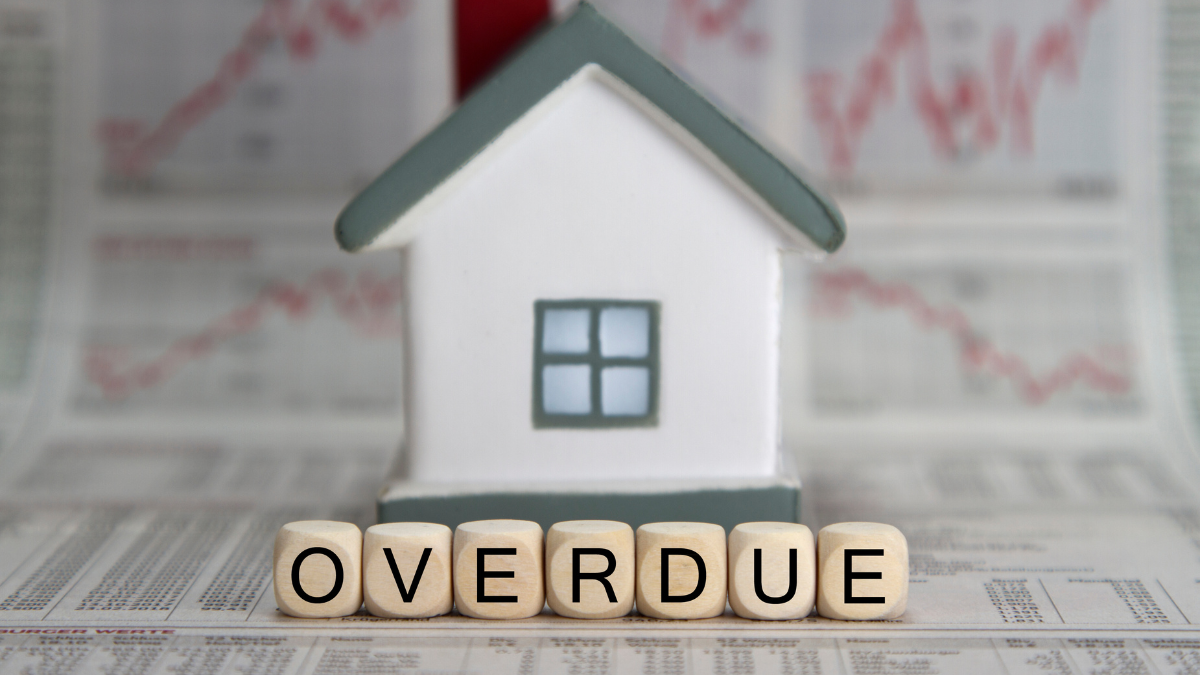



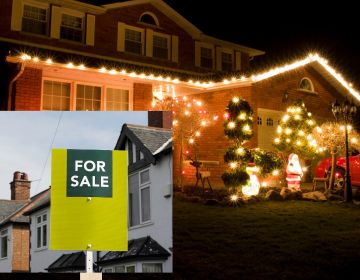




%20(002).png)




.png)





Join the conversation
Jump to latest comment and add your reply
Unfortunately there are zero points on an EPC for decent underlay & a fluffy carpet so this whole article is completely pointless.
Timber is a very good insulation, and wooden floors can be sanded back and then oiled, stained or lacquered, nothing wrong with wood flooring I have it in my lounge and dining room.
I agree Tricia. This seems like a space filling article. It's of no relevance whatsoever to landlords.
Decent under and carpets are a good choice for Flats it deadens the sound and reduces the transmission of noise between Flats whilst also being a good insulator, the modern laminate floors that some prefer are very noisy and prohibited by many Management CO’s Memorandum of Articles in their leases.
Tricia beat me to it. I wouldn’t put good underlay and good carpets in my rental properties either as the EPC rating uplift for underlay and Carpets is ZERO. So I will be spending money for nothing. So why bother.
I have a 3-bed rental, built in 1959 and it's not Listed. It was an EPC Grade E and my tenant was complaining of high energy bills last winter.
1. I got my domestic EPC assessor to prepare a draft 'as is' EPC and a draft 'predicted' EPC for the house based on the refurb I was planning to do.
2. My handyman installed 100mm of loft insulation between the joists and then an extra 200mm layer of loft insulation at right angles across the joists. This is current Building Regs standard for a new house. Loft insulation is £24 for a big roll at B&Q
3. I had a Google Nest thermostat/timer installed. I ordered this direct from Google and a professional installer fitted it within the price.
4. My plumber installed TRVs on all the rads and showed the tenant how to use them.
5. My electrician fitted a 'kill switch' by the front door wired into the lighting circuits of the Distribution Board. As the tenant leaves the house one push of the button turns off all the lights in the house. Very simple and effective.
6. My handyman changed all non-LED lamps over to Philip LED lamps
7.I had already got my handyman to install solid insulation board between the joists on the ground floor prior to some recarpeting that I did a few years ago.
8. Pioneer Insulation fitted external wall insulation around the walls. This was a big investment but the house now looks brand new and it's a unit that I'm holding long-term.
9. I couldn't justify the expense of new windows so I bought 'poor man's' secondary glazing from a small British company called WindowSkin. I used their product before to cover a large sash window in the winter in a draughty office that I use to rent. It's a custom cut piece of totally clear Perspex that clips on the inside of the window frame in winter to cut out 100% of window draughts. Stores under a bed in the summer.
10. Whilst we were at it my handyman installed a Nuaire DriMaster Heat Positive Input Ventilation (PIV) unit up in the ventilated loft with a outlet in the 1st floor landing ceiling. The tenant was moaning about condensation and being unable to dry clothes/towels. This simple fit-and-forget unit has totally solved these problems.
11. My EPC assessor came back after I had completed these works and gave the house an EPC Grade B by one point (score 81)). This certificate stays on the national database for the next 10-years.
My mortgage broker expects to be able to get a better rate for me now that I have a 10-year valid EPC Grade B when I have to refinance next year.
The above project took me about 10 x phone-calls and 2 x site visits to sort out. It really wasn't that onerous and I was surprised how straightforward it was after I’d done the initial research
I'm now close to finishing a similar package of works on my own family home – this will raise it from an EPC Grade E to a Grade C and will start to really reduce my energy bills in the next few weeks..
Please login to comment